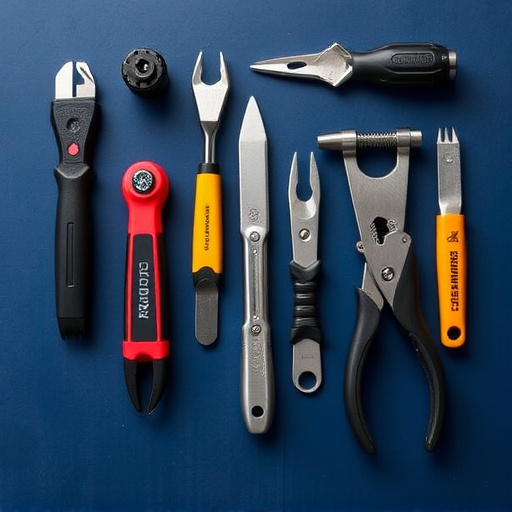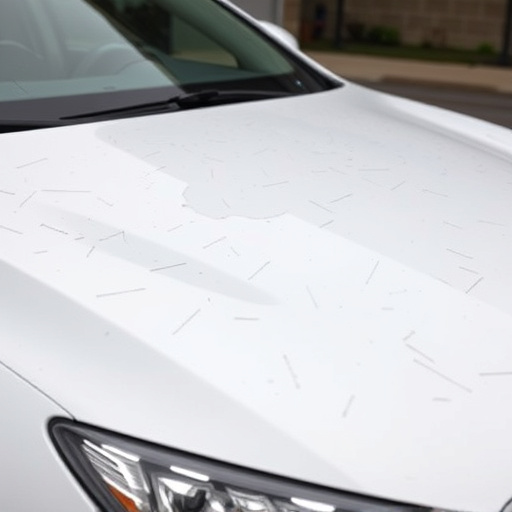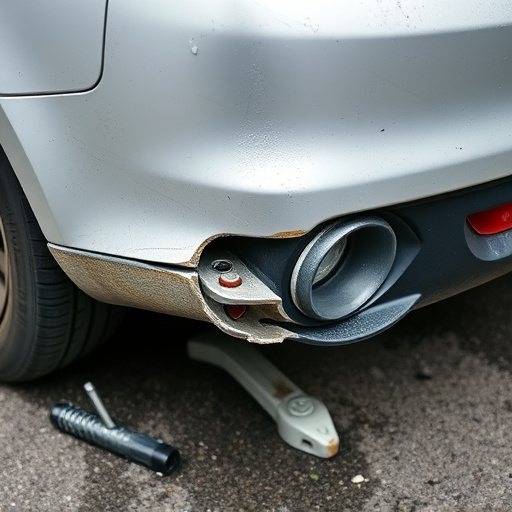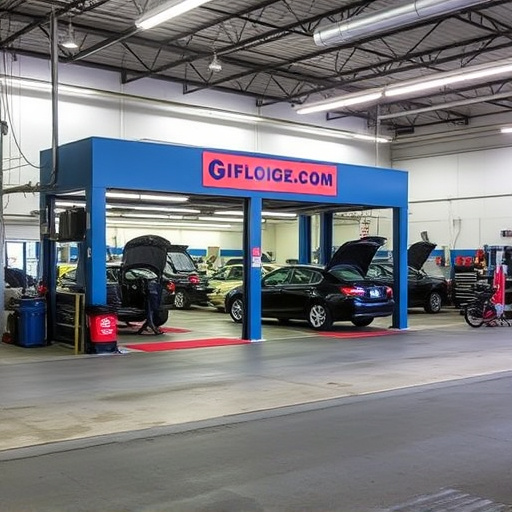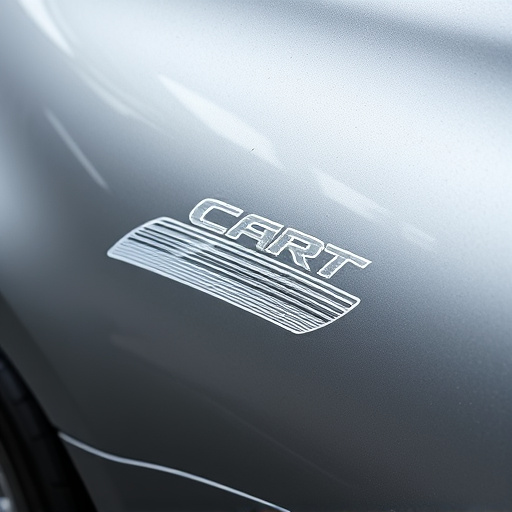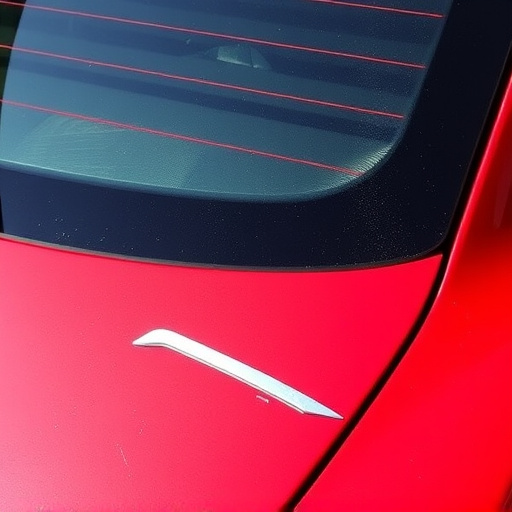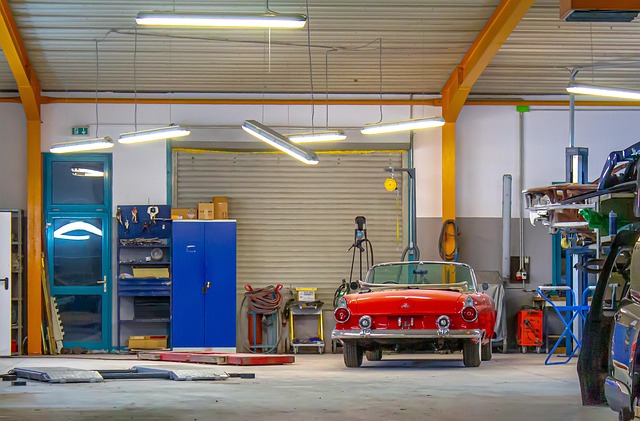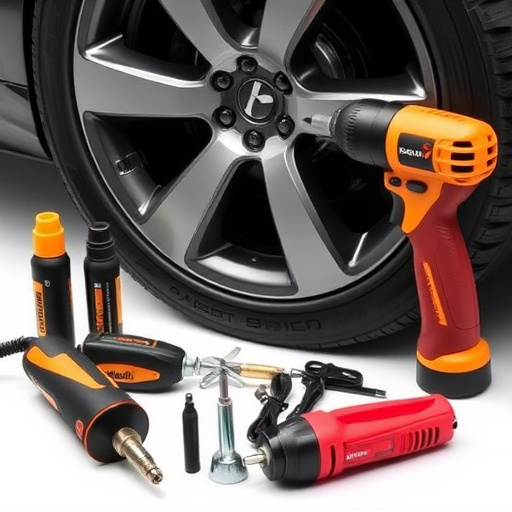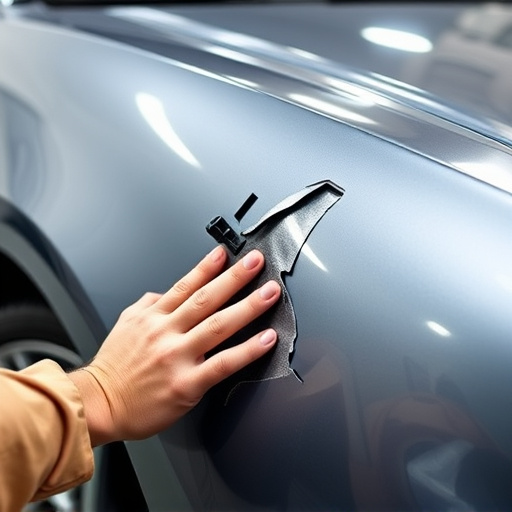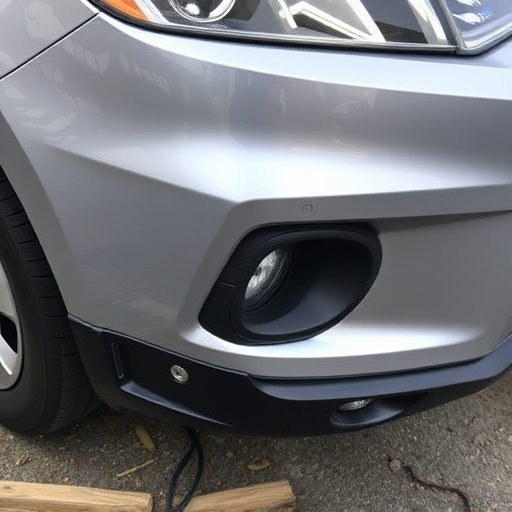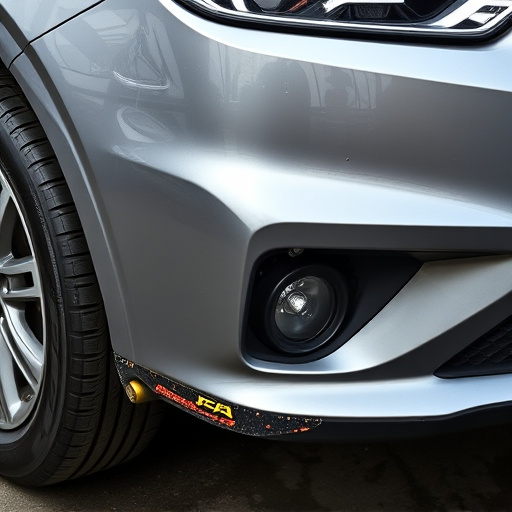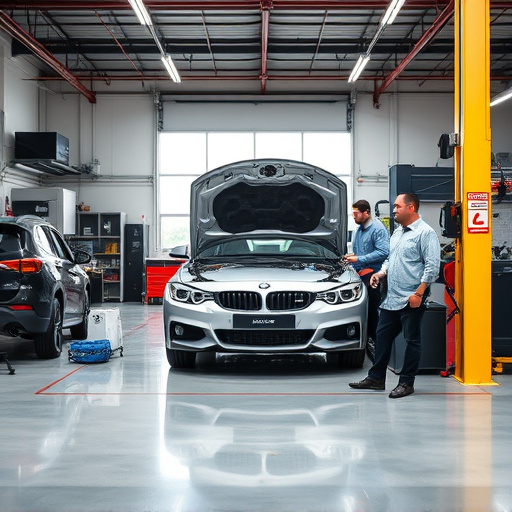Collision repair certification equips auto professionals with advanced skills for structural and cosmetic repairs, enhancing credibility and employability. Preparing involves studying industry standards, understanding vehicle structure, mastering repair techniques, and aligning with brand guidelines for specialized certifications like Mercedes-Benz. Comprehensive programs and mock exams boost readiness for industry-recognized exams, opening doors to diverse career opportunities in dynamic collision repair field.
Looking to enhance your career in automotive restoration? Collision repair certification is a game-changer. This comprehensive guide explores the structural and cosmetic aspects of collision repair, delving into the essential requirements and benefits of certification. We’ll navigate the key steps, from understanding exam structures to preparing effectively. By the end, you’ll be ready to excel in this dynamic field, armed with the knowledge and skills sought after by industry leaders.
- Understanding Collision Repair Certification Requirements
- Benefits of Earning Structural and Cosmetic Work Certifications
- Preparing for the Collision Repair Certification Exam
Understanding Collision Repair Certification Requirements
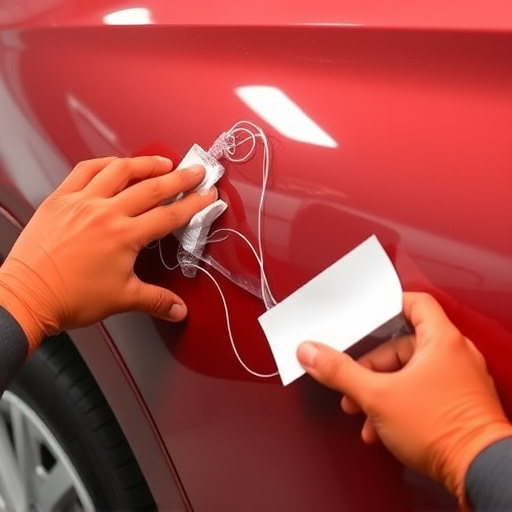
Collision repair certification is a crucial step for any professional looking to excel in the automotive industry, especially those specializing in structural and cosmetic work. To pursue this certification, individuals must meet specific requirements set by recognized authority bodies. These standards ensure that repair techniques align with safety regulations and industry best practices.
The process typically involves training in various aspects of car bodywork, including frame straightening, panel replacement, and sophisticated car paint repair techniques. Aspiring certified technicians should also gain proficiency in diagnosing and addressing complex structural damage. Many auto collision centers offer comprehensive programs to equip students with the skills needed to pass industry-recognized exams, thereby opening doors to rewarding careers in this dynamic sector.
Benefits of Earning Structural and Cosmetic Work Certifications
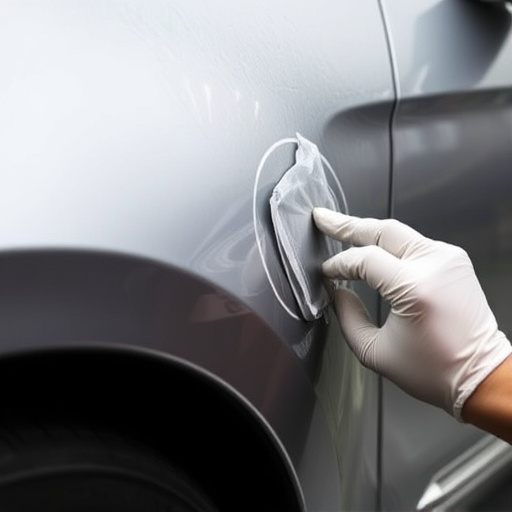
Earning a collision repair certification for both structural and cosmetic work comes with numerous advantages for professionals in this field. Firstly, it enhances your credibility as a skilled technician, boosting customer confidence. When you possess such certifications, clients are more likely to trust your expertise when dealing with their vehicles, whether it’s a modern car or a classic car restoration project. This is especially beneficial for collision repair shops aiming to stand out from the competition.
Additionally, these certifications open doors to diverse opportunities in the industry. It enables you to offer specialized services like car paint services, catering to various needs. From minor dents and scratches to major restructuring, certified professionals can handle a wide range of tasks, ensuring superior quality work. This versatility not only improves your employability but also positions you as a go-to expert in the field, whether for everyday repairs or intricate restoration projects.
Preparing for the Collision Repair Certification Exam
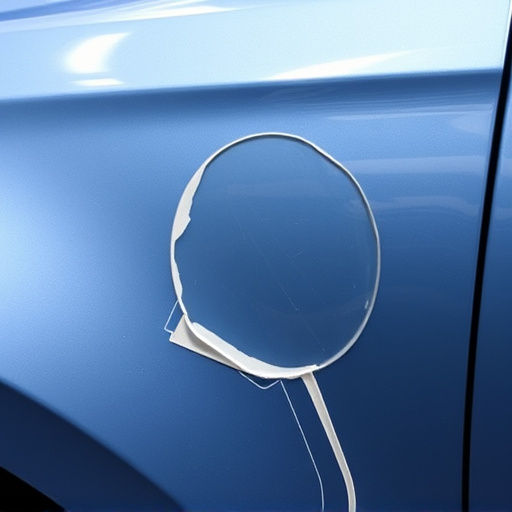
Preparing for the Collision Repair Certification Exam is a meticulous process that requires dedication and a structured approach. Aspiring technicians should begin by familiarizing themselves with the latest industry standards and regulations, ensuring they understand the fundamentals of vehicle structure and cosmetic repair. A comprehensive study guide, provided by reputable certification bodies, can serve as an invaluable resource. This guide typically covers various topics, including metalworking techniques, panel replacement procedures, and advanced painting technologies.
Engaging in mock examinations is another effective strategy. These practice tests simulate the actual certification exam, allowing candidates to assess their readiness and identify areas that demand further study. Moreover, seeking guidance from experienced collision repair professionals can offer insights into real-world scenarios and best practices. For those specializing in premium brands like Mercedes-Benz repair, staying updated with the manufacturer’s specific guidelines and techniques is essential to achieving top certification results.
Collision repair certification, encompassing structural and cosmetic work, is a valuable asset for professionals in the automotive industry. By understanding the requirements, leveraging the benefits of specialized training, and effectively preparing for the certification exam, you can elevate your skills and contribute to safer, more aesthetically pleasing vehicles. This journey towards certification opens doors to enhanced career prospects and customer satisfaction.
